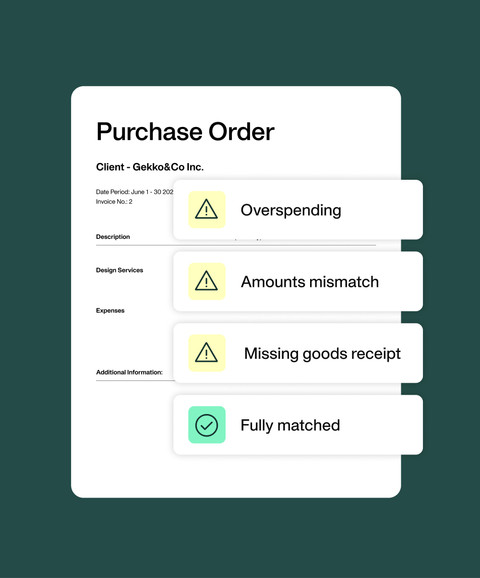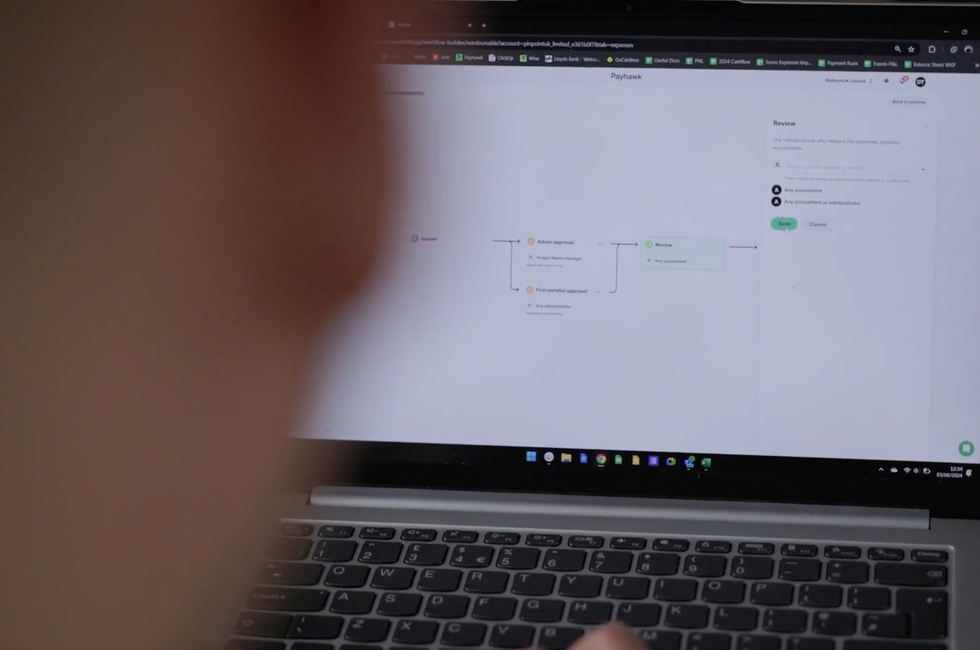
Invoice management automation: Are you missing a trick?



An automated invoice management workflow can be a game-changer for busy finance and Accounts Payable (AP) departments, helping improve speed, accuracy, and fraud avoidance. But what is invoice management automation, and how can it help?
By submitting this form, you agree to receive emails about our products and services per our Privacy Policy.
This article looks at automation and gives tips on managing accounts receivable with invoice automation. We look at:
- How invoice automation and reconciliation works
- Automated invoice coding
- Automating the input process
- Reconciliation and secure payments
- Ten big benefits of an automated invoice management system
- Automation: Are you missing a trick?
How invoice automation and reconciliation works
Automated invoice management takes what computers are best at and uses them to remove repetitive, manual work and give your finance or AP team back their productive time.
Computers are really good at following rules, copying information, and spotting errors, all valuable traits in an AP clerk.
The starting point is the optical character recognition technology (OCR), which transforms handwritten or printed text into digital formats for easy handling. The most intelligent solutions offer automatic data extraction and reconciliation from invoices to simplify your bookkeeping and reconciliation massively.
At Payhawk, our technology effortlessly captures critical information like supplier details, dates, due dates, country, VAT numbers, and amounts, regardless of your entities or currencies, streamlining operations, reconciling in seconds, and offering real-time spend visibility.
Transform the way you spend with integrated procure-to-pay features

Automated invoice coding and entry
Coding invoices is normally one of the most time-consuming parts of the AP process, but an automated invoice solution will easily handle this.
Once the invoice document has been read the machine learning (ML) within the system will note whether it has seen this type of document before and what it did with it. Typically, the finance department will set up rules to help tell the automated platform what to do.
An experienced human operator can probably open, read and code a typical invoice within thirty seconds. An automated system can process thirty invoices within a second.
Correctly coded invoices can save businesses a huge amount of time, money, and resources. Take arts and events fabrication company MDM Props, for example.
"We have large volumes of transactions, and before Payhawk, all of our payment reconciliation was manual. It took months to catch up as we had to enter the net amount, the VAT, and what project it was related to," Finance Manager Uchenna explains. "Now, with Payhawk, it's so much easier as the OCR captures all of the relevant receipt data, and we can code it correctly from the outset using the custom fields."
Reconciliation and secure payments
Invoice management automation also scores well in reconciliation, matching, and payment processing.
Matching a correct invoice to a Purchase Order within the ERP takes no time with an automated system, but perhaps more importantly, where POs and invoices don’t match, they can be flagged up immediately.
Automated invoice reconciliation (with supporting documents) is super-quick and very reliable.
Is this important? Well, it certainly stops invoices being paid when they don’t match a PO or haven’t been authorised.
With Payhawk, because our AP system is connected to our payment system, we help businesses ensure that human error doesn’t appear in the payment processing phase of AP. This means that payment processing is quicker, more accurate, and more secure.
Ten big benefits of an automated invoice management system
- Accurate coding: If you have done it before, then your system’s ML knows it and applies the same rules
- Accurate input: no manual processing errors along the way
- Secure payment processing: Inter-connected AP and payment systems mean no manual processing and super-secure payments
- No late fees or supplier stops: Paying invoices late due to slow processing or eros can result in late fees or even suppliers halting work and deliveries. With automation, this shouldn’t happen
- Speed, speed, speed: If you want to get even close to real-time reporting, then you need invoice automation & reconciliation
- Quicker authorisation processes: Managers can be prompted to authorise invoices rather than having them sitting in inboxes or trays
- AP staff can do more valuable work: deploy people where they can make a real difference
- Exceptional ROI: quicker, cheaper invoice processing means a better bottom line
- Transparency and clarity: A good AP system will be able to tell you exactly where you are at any particular point in time
- Better cash flow management and forecasting: Forecasts aren’t skewed by processing delays
Are you missing a trick?
If you are processing invoices, matching, reconciling, or paying people manually, then there’s scope for you to add real value to your organisation and make a change for the better.
An automated invoice management system could make a real difference to how your finance department works, giving your managers more real-time information and reducing costly errors.
For any busy company, invoice management automation and data capture really is a no-brainer. Book a demo to learn more.
Trish Toovey works across the UK and US markets to craft content at Payhawk. Covering anything from ad copy to video scripting, Trish leans on a super varied background in copy and content creation for the finance, fashion, and travel industries.
Related Articles


6 tips to maximise efficiency with invoice processing and automation

